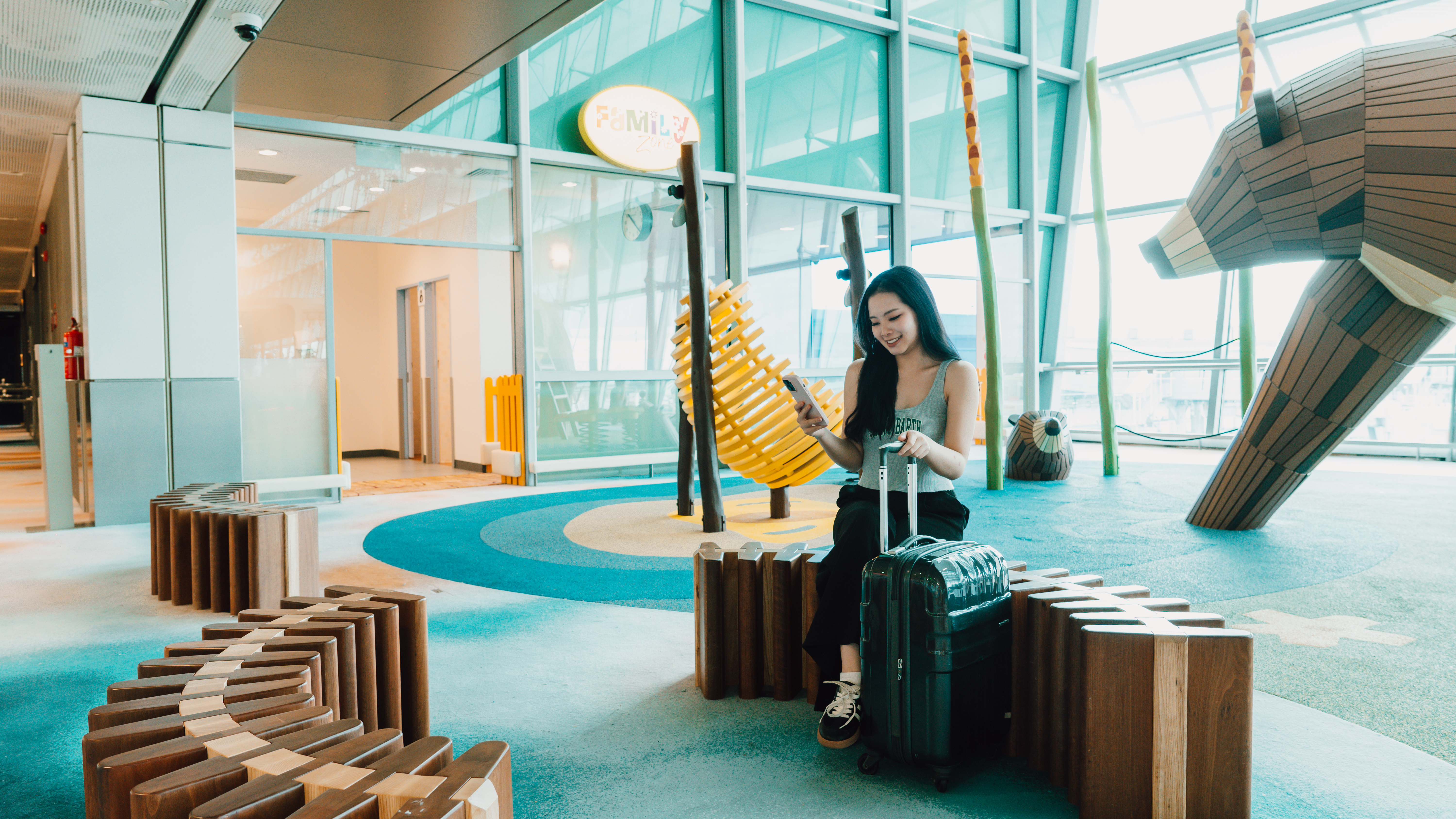


As part of Changi Airport Terminal 2 (T2)’s recent redevelopment, the terminal’s refreshed design meant that many of its old fixtures had to make way for new ones. As careful maintenance had kept them in good condition over the years, the T2E team from Changi Airport Group’s (CAG) Airport Operations Development division decided to explore ways to repurpose these materials. This would allow Changi to grow sustainably, while preserving a slice of the airport’s history in the new terminal.
From this idea, “T2E Project Upcycling” was born. Working together with design industry veterans and students from the National University of Singapore, CAG sought to bring new life to the old materials, and create products or installations that would look at home in the new terminal.
The available materials, which ranged from timber fins to baggage belts, presented many possibilities. In particular, one that stood out strongly was that of a bench which could be installed in Terminal 2’s rest areas.
Building a Bench
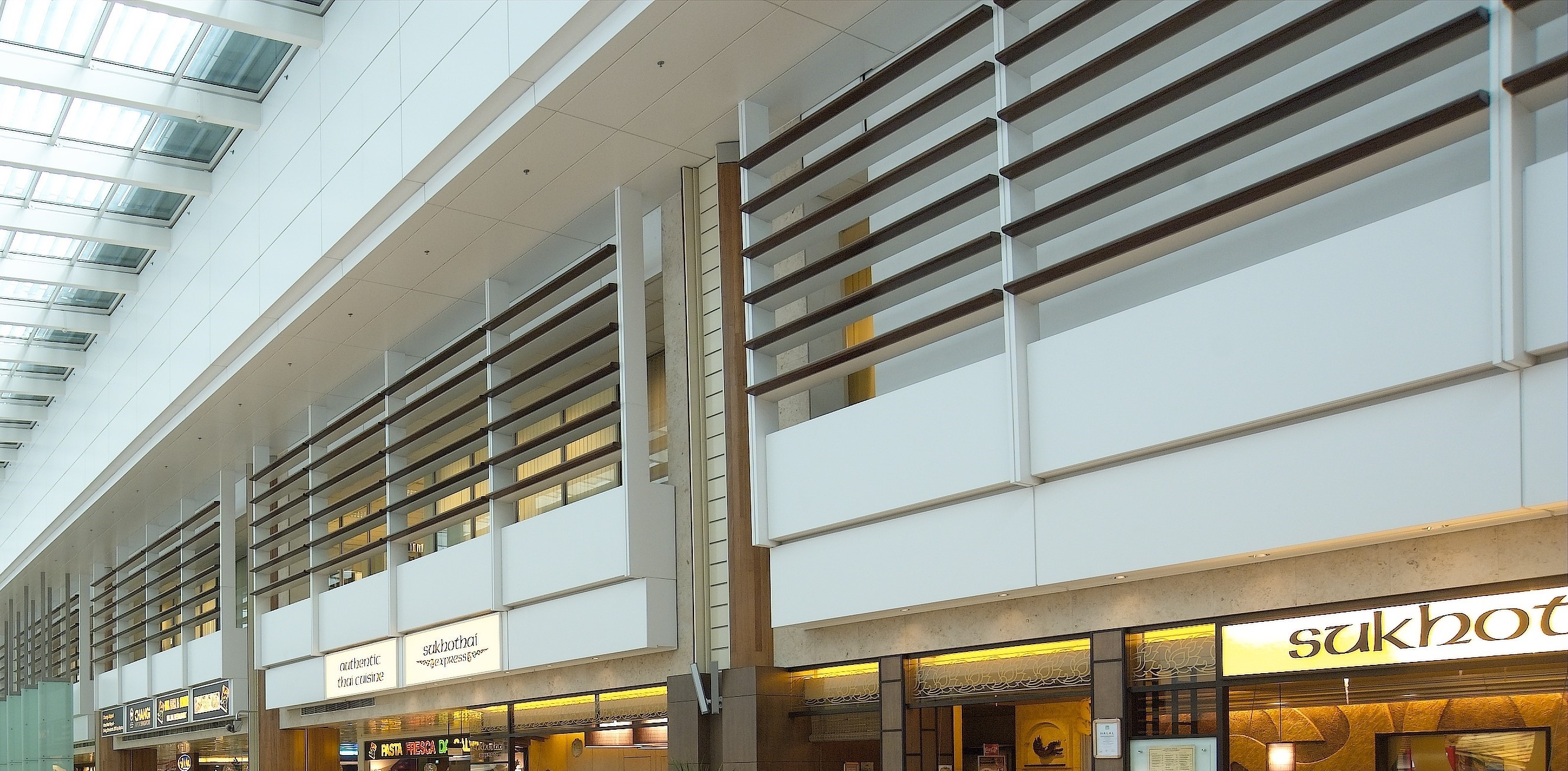


The Nyatoh wood panel fins served as privacy blinds for office spaces located above the old T2 Departure Hall.
Previously used as privacy blinds for the office spaces located above the old T2 Departure Hall, the Nyatoh wood panel fins were one of the materials that presented strong repurposing potential. Initially envisioned as stools, the project evolved as the designers played around with various stacking formations, eventually resulting in the idea of benches.
The transformation from stool to bench presented significant design challenges at the start, requiring several drafts to achieve a comfortable seating height and elegant design. While the designers initially considered using metal brackets as connectors to provide stability to the joined panels, they were ultimately deemed too clunky and heavy. The breakthrough instead came when they decided to rotate the benches on their sides, resolving attachment issues while making the benches both modular and customisable.
To bring this design to life, KAUTZ – a bespoke furniture-making company based in Singapore that blended German precision into their woodwork, was brought into this collaboration. For the small team, this project presented a scale they had not dealt with before. Till Kautz, founder of KAUTZ, shared, “We took in over a hundred wooden panels for this project, and the different shape and profile of every piece presented a unique challenge for us each time. From selecting the ones in the best condition for use, to removing any leftover nails and other implements that may damage our machinery, we had to gradually figure out the best way to optimise the production process.” Each bench took about a week to complete, highlighting the care that the craftsmen took, and their attention to detail.
Putting the Pieces Together
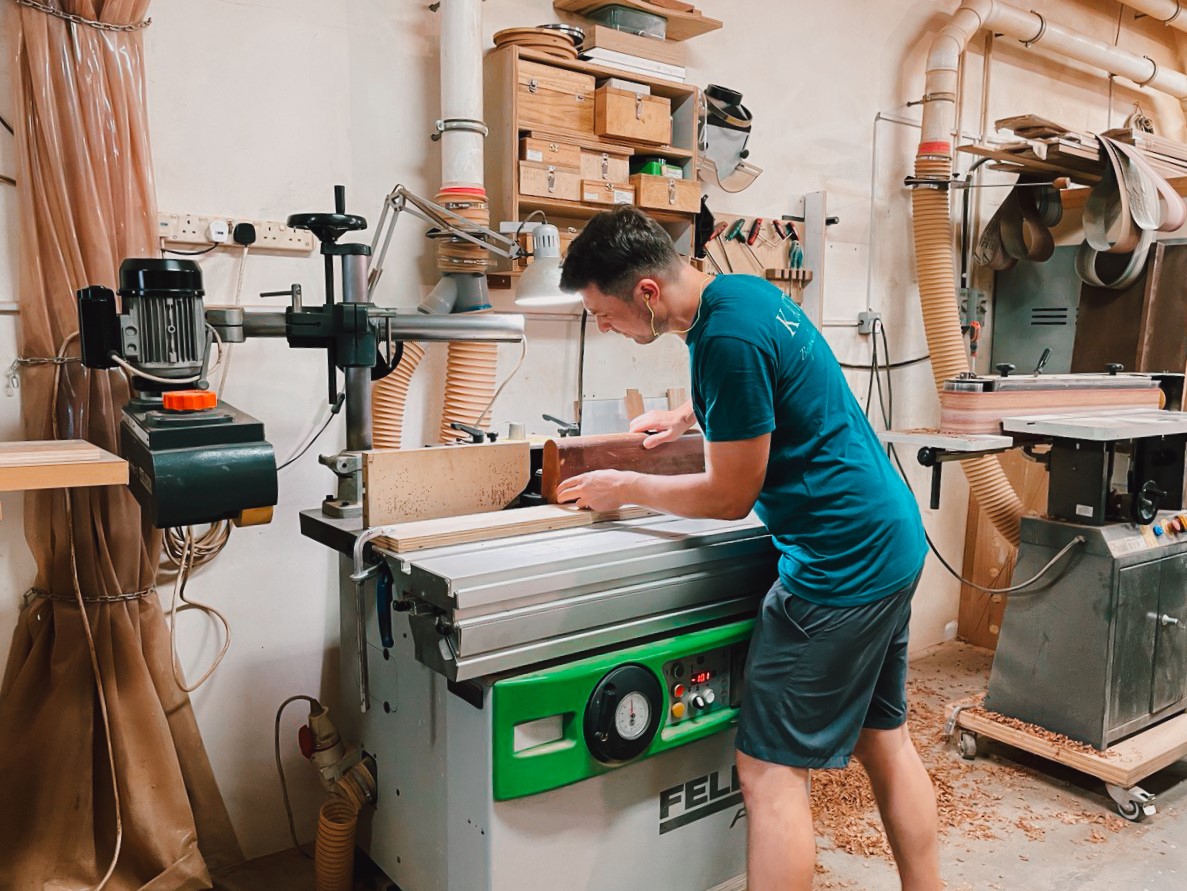


Each panel fin was first cut into smaller pieces before being rid of their old outer layer
Once the panel fins were delivered to the KAUTZ workshop, the team immediately got to work. To get each fin to an appropriate size for working on, they first had to divide each panel into smaller 45cm pieces. From here, the craftsmen used specialised machines like the jointer thicknesser and spindler moulders to shape the wood to their desired profile.
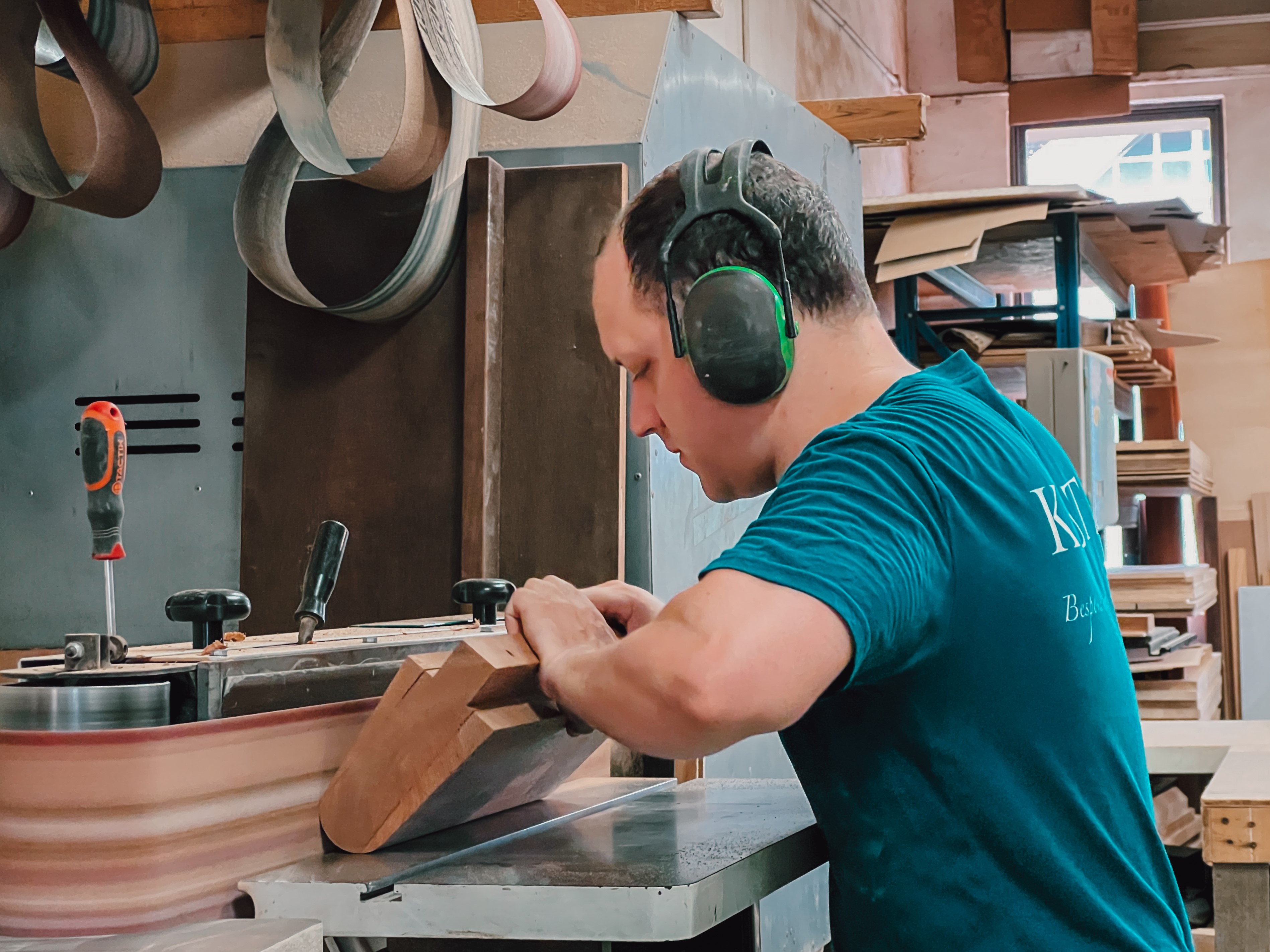


Several rounds of sanding helped to smoothen any uneven edges on the surface of the panels before they were joined together.
This was followed by more rounds of sanding using edge and stroke sanders to smoothen out any rough edges present. The prepared panels were then assembled per the design configurations, joined together using wood glue, and left to dry.
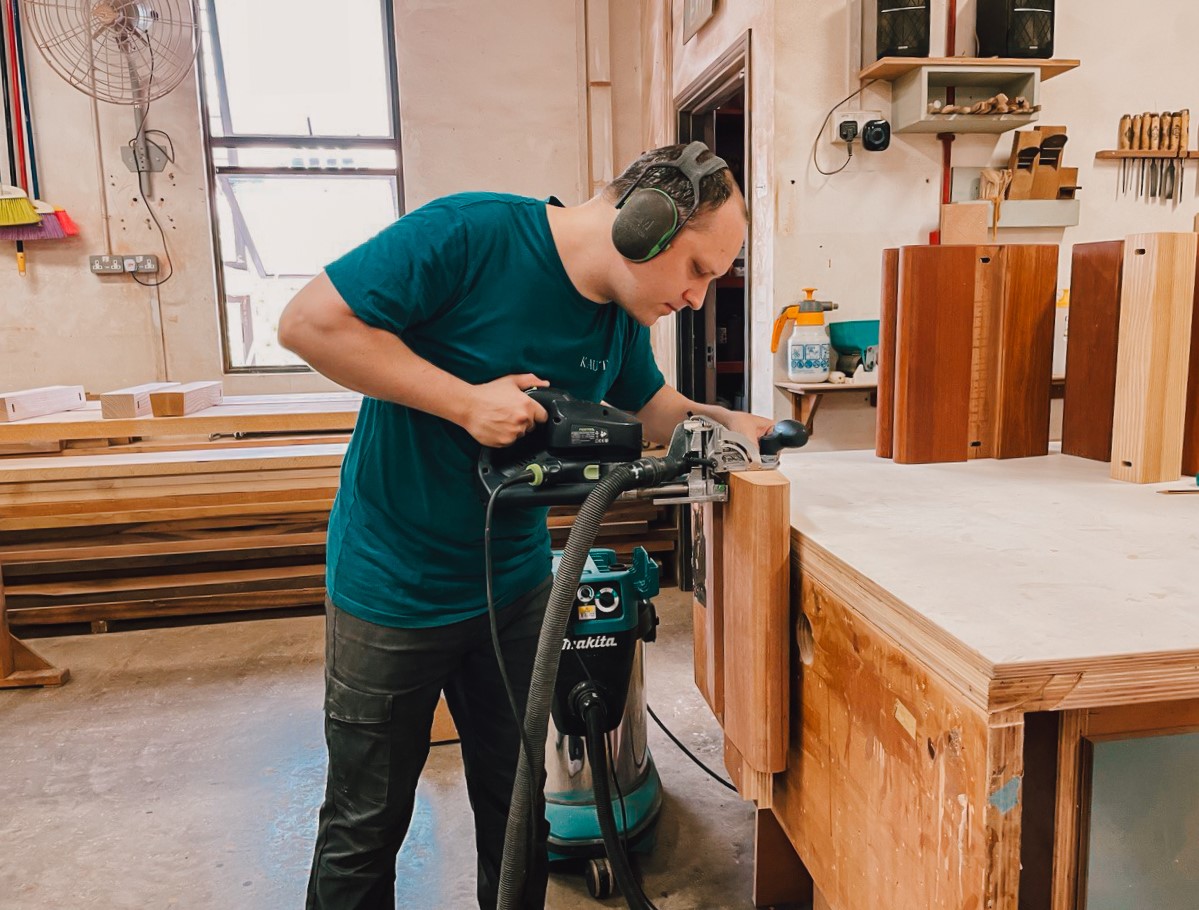


Holes were punched into the panel fins to allow them to be connected to one another.
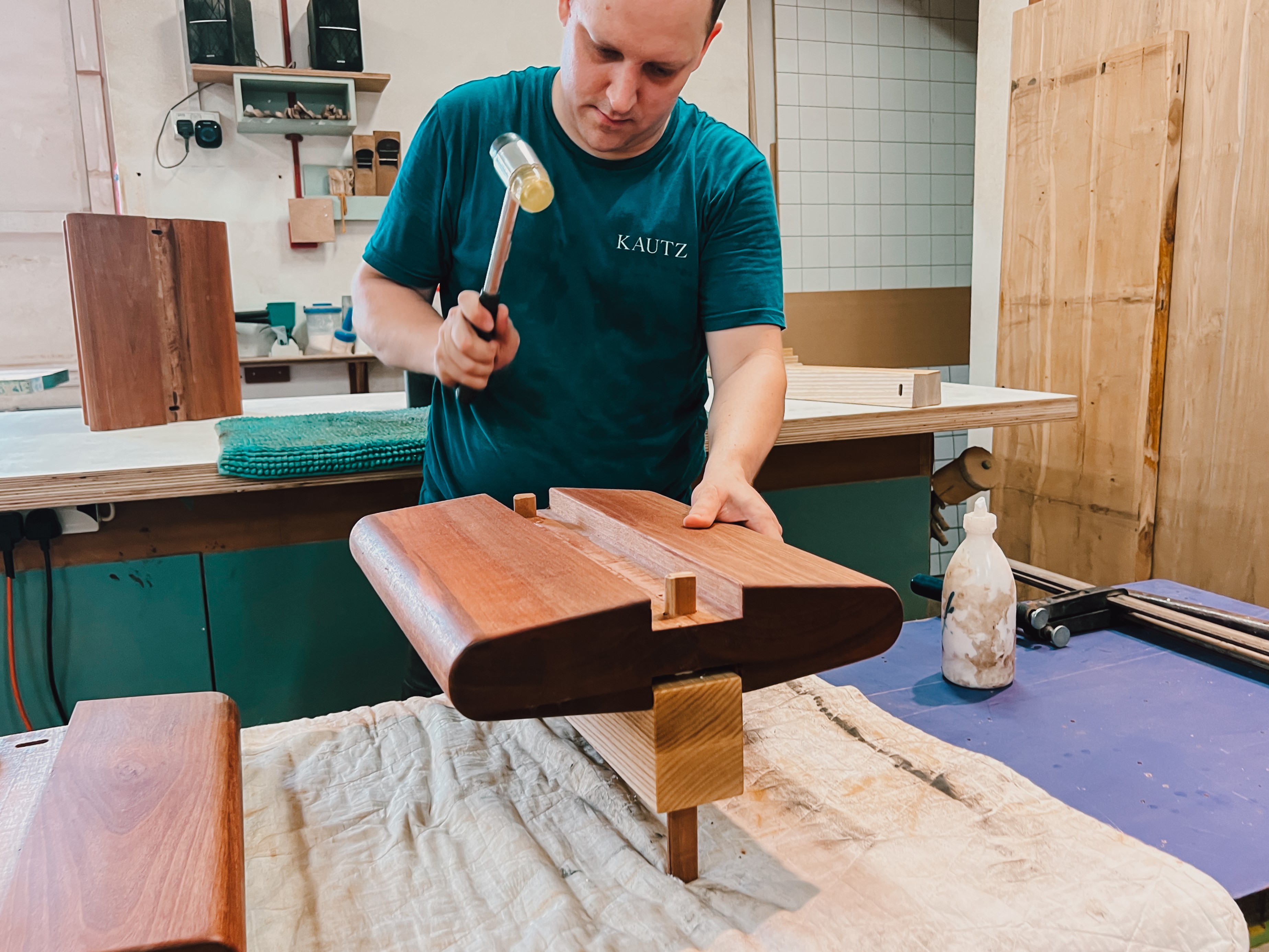


Ash wood connectors were used as part of the bench’s structure to lock the fins together before they were joined modularly.
After a day of drying, the panel fins finally began to resemble their final form. At this point, the craftsmen removed any excess glue and punched both alignment and connector holes into the structure. Ash wood columns, which were chosen to complement the darker Nyatoh wood, were then inserted into the connector holes to lock the final structure. This was then put through several more rounds of sanding before the bench was completed.
If you are visiting T2 soon, you can find these benches at different locations across the terminal’s public and transit spaces. Moving forward, CAG will build on the efforts of the T2E Project Upcycling team, and continue exploring creative and meaningful ways to engage visitors and travellers amidst ongoing sustainability efforts.
Want to learn more about how these benches came to life? Check out the video here.
Other Articles

How Changi gets aircrafts ready from touchdown to turnaround
From the moment a plane touches down, a flurry of activity goes on to get it ready for its next flight. See how teams work together like clockwork to turn the aircraft around.
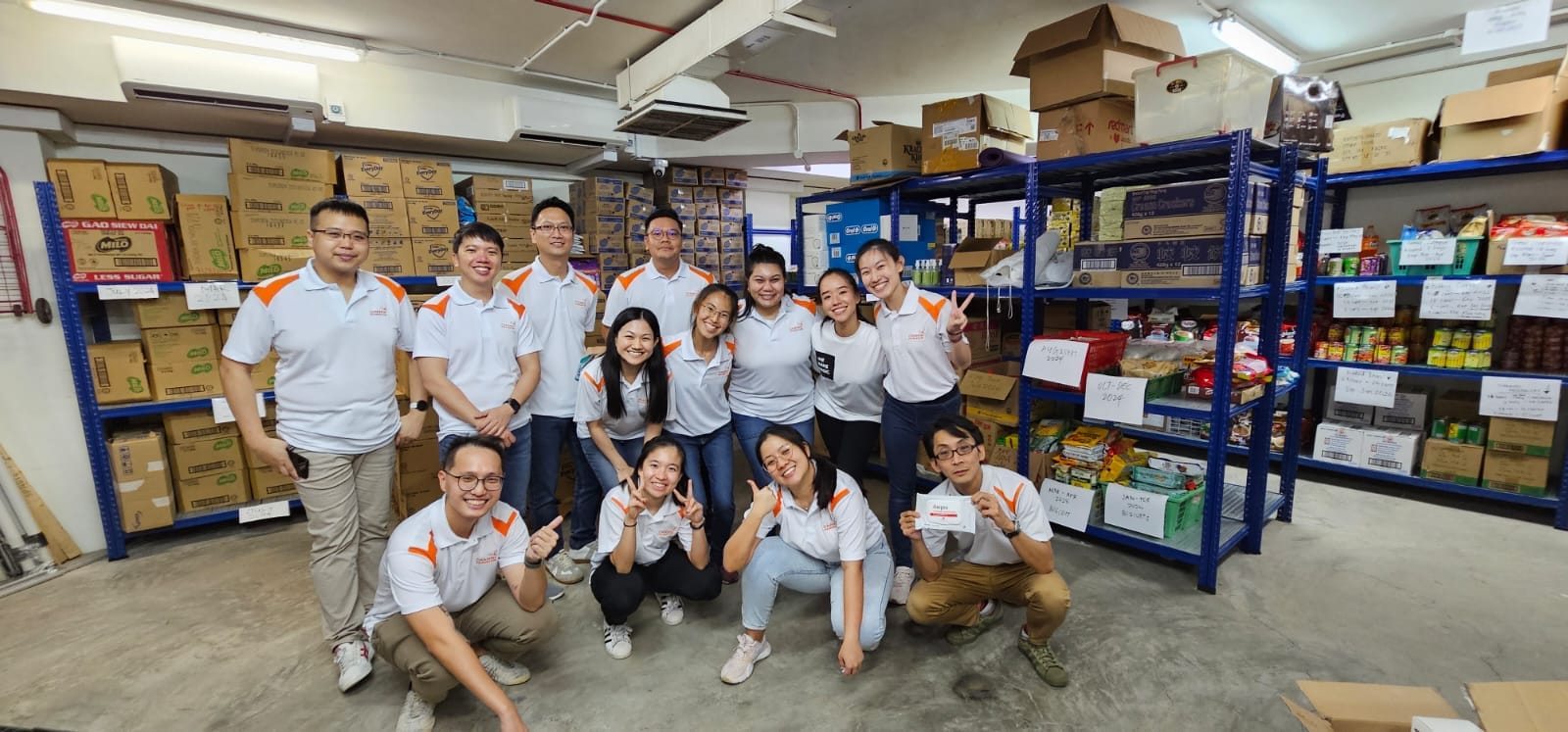
Cultivating Changi Airport Group’s heart for volunteering
Learn how Changi Foundation worked together with Metta Welfare Association to co-create volunteering initiatives aligned with employee interests, to encourage greater volunteerism at CAG.
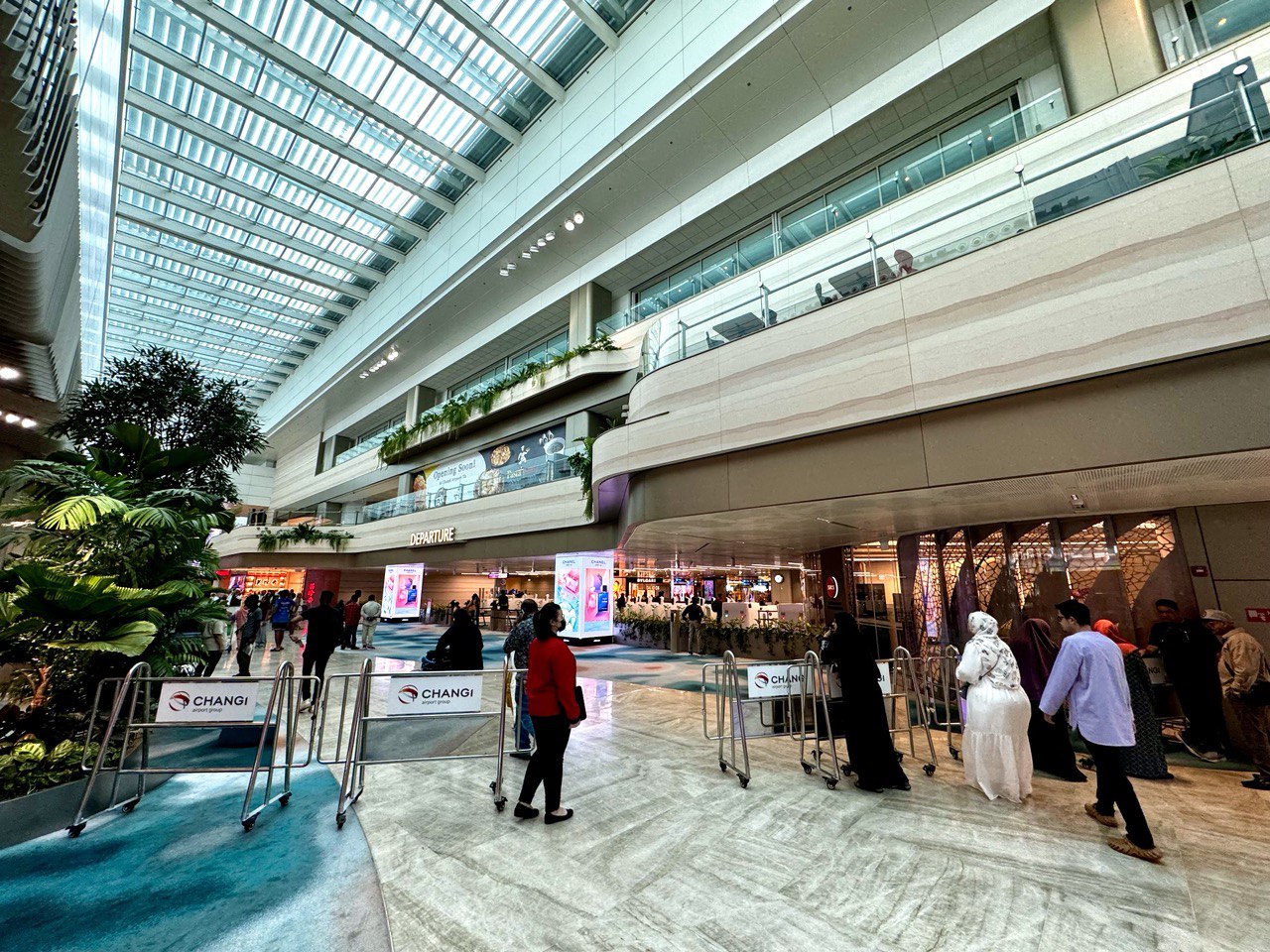
On LinkedIn@ChangiAirport
As Hari Raya Haji approaches, find out more about the planning and facilitation that CAG puts in place for this annual pilgrimage.


